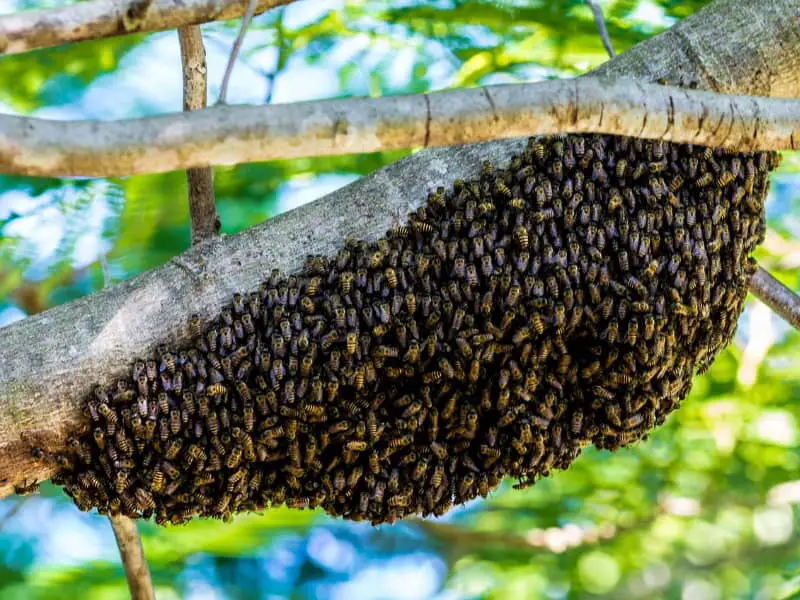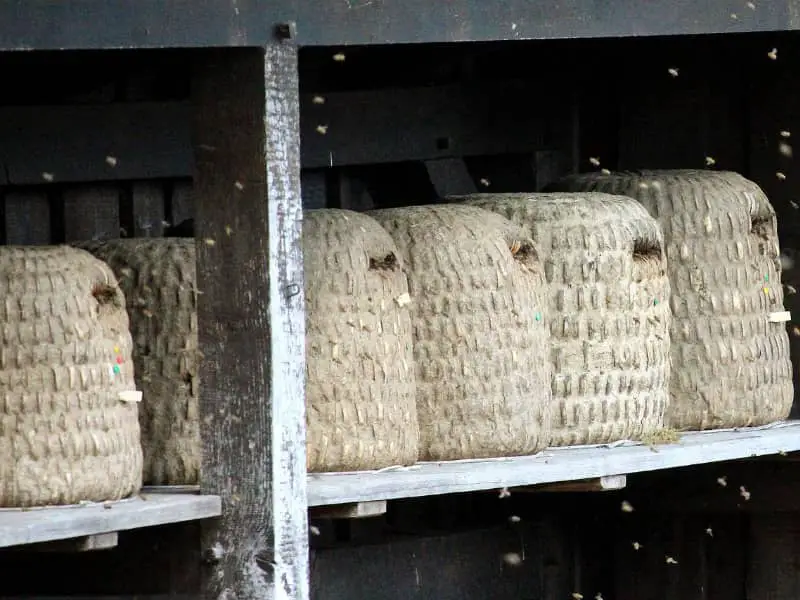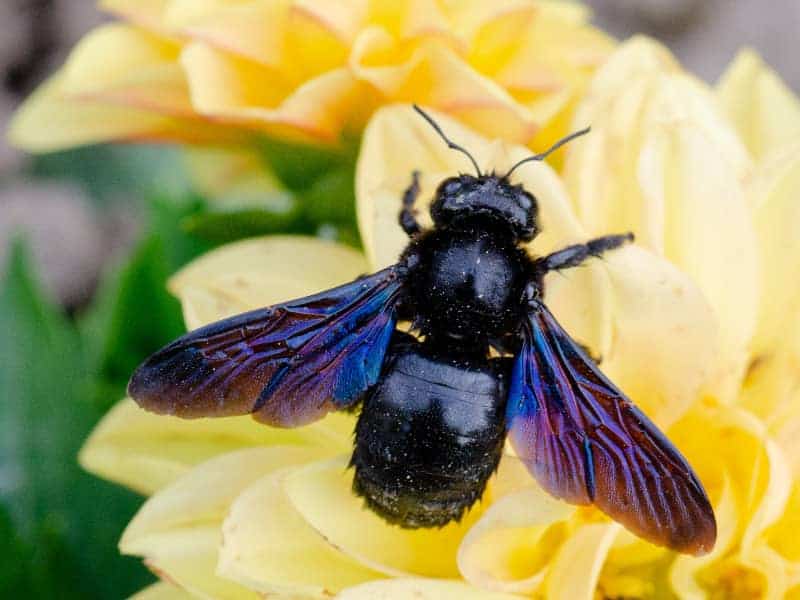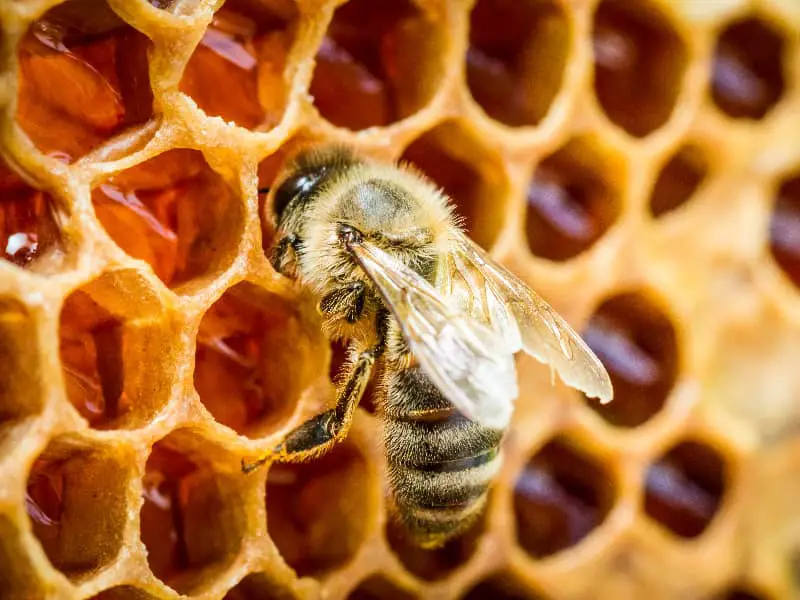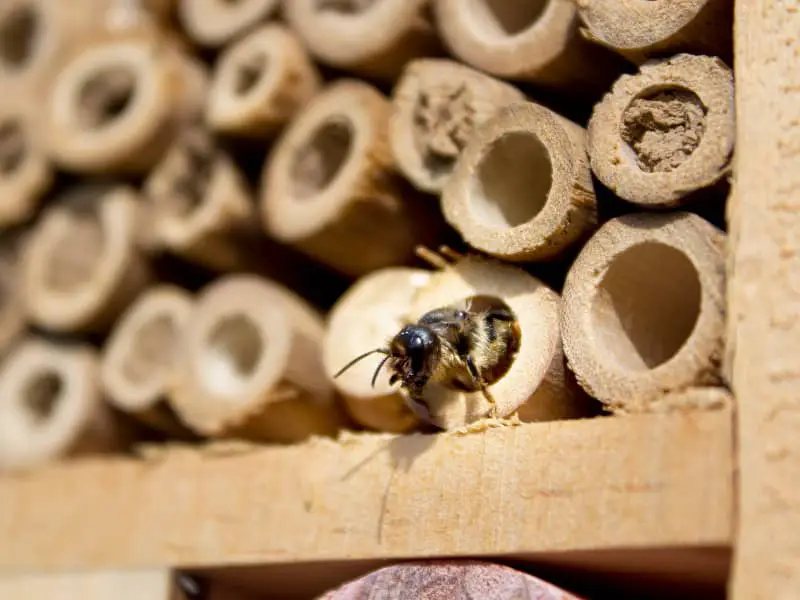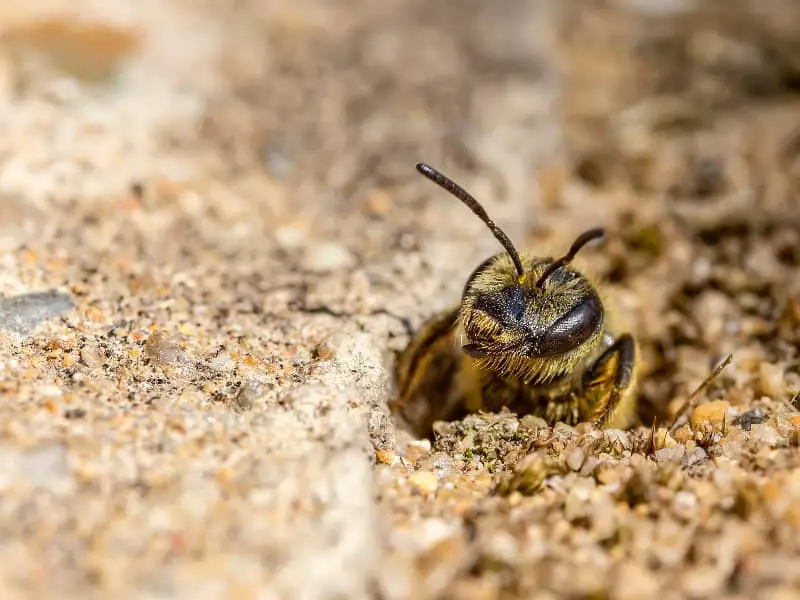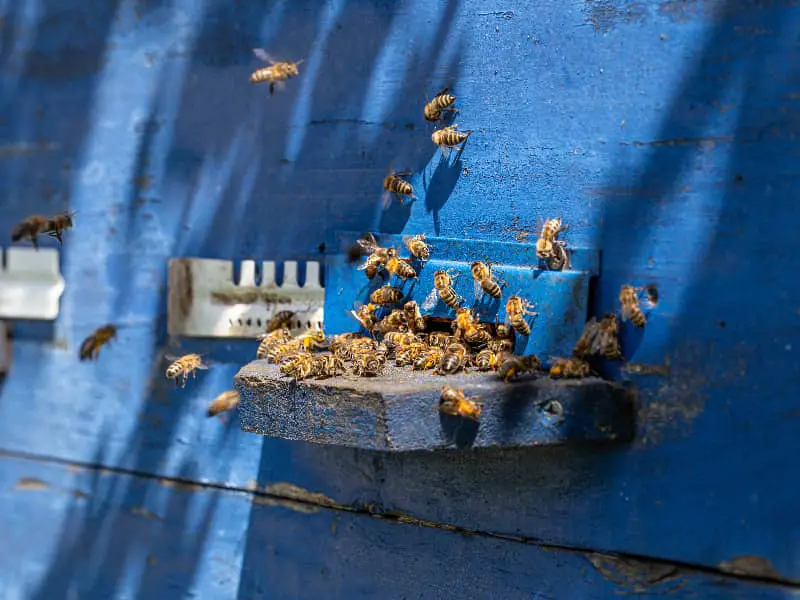
Bee dance
Have you ever stopped on a sunny day to watch the buzzing bees as they fly busily from flower to flower? These little creatures, often only perceived as pollinators, actually have a much more profound and fascinating life than many of us would suspect.
One of the most amazing abilities of bees is their ability to communicate through dance. In the following sections, we delve deep into the world of bee dance to discover the secrets and wonders of this unique form of communication.
What is the bee dance and why is it so important?
The bee dance is not just a random movement or a simple expression of joy. It is an essential means of communication by which bees pass on information about the location of food sources to their fellow bees. Through this dance, other bees can efficiently reach flowers or water sources without wasting valuable energy and time searching.
It is amazing to know that such small creatures are able to communicate such complex information without words or sounds. This shows how advanced and well adapted bees are to their environment.
How do bees "tell" stories through their dance?
Bees use two main types of dances to convey their messages: the round dance and the waggle dance. Both have their own meanings and purposes.
The round dance is used when a food source is close to the hive, usually less than 100 meters away. In this dance, the bee moves in a circular motion in both directions.
The waggle dance, on the other hand, is used when the food source is further away. Here, the dancing bee moves forward in a straight line, wagging its abdomen from side to side. The direction in which the bee dances indicates the direction to the food source in relation to the sun, while the duration of the dance indicates the distance.
How can other bees "read" these messages?
When one bee observes the dance of another, it can not only see, but also feel. The vibrating movements of the dancing individual are perceived by the legs of the surrounding bees.
It is not only the type of dance that conveys the information, but also the intensity and duration. For example, if the dancing bee is particularly enthusiastic and energetic, this may be a sign that the food source is particularly rich.
Are there differences between different bee species with regard to the dance?
Yes, there are differences. Although the bee dance occurs in many species of honeybees, there are differences in the way different species dance.
Some bee species have specific movements or patterns that they use to convey different information. There are even species that have completely different dance styles, depending on what information they want to convey.
It is important to emphasize that dancing is not the only method bees use to communicate. Other species of bees can use pheromones or other chemical signals to communicate with each other.
Can people "translate" and use the bee dance?
Scientists and researchers have spent decades studying and understanding the bee dance. Through this research, they have discovered how bees communicate through their dances and what the different movements and patterns mean.
This knowledge has enabled people to "translate" the movements of bees and use them to learn more about their behavior and needs. By understanding the bee dance, beekeepers can better assess where potential food sources are located and how abundant they are. This can help them to better manage and position their hives.
How was the bee dance first discovered?
The fascinating world of bee dancing was first discovered by the Austrian zoologist Karl von Frisch in the 1920s. It was he who noticed that the movements of bees were not random, but conveyed a specific message. Through his intensive observation and experiments, he deciphered the code behind the dances and laid the foundation for what we know today about this aspect of bee communication.
Why is it so important for bees to know the exact location of food sources?
Bees are responsible for the survival of their entire hive. They need to ensure that they collect enough food to keep the hive alive, especially during the winter months. Efficient access to food sources is therefore crucial. Sharing accurate information about the location and quality of food sources through the dance allows other bees to reach these locations quickly and without detours, increasing the efficiency of food collection.
How do bees react when the location of a food source changes?
Bees are amazingly adaptable. When a food source is depleted or the situation changes, the bee dance adapts accordingly. A bee that discovers a new or relocated food source will perform a new dance when returning to the hive, reflecting the updated information. This shows the amazing ability of bees to adapt to changing environmental conditions.
Conclusion: The fascinating dance of the bees
The world of bees offers far more than the naked eye can see. Beyond their well-known roles as pollinators and honey producers, they have developed a sophisticated communication system that pushes the boundaries of what we would expect from such small creatures.
The bee dance, a unique method of communicating information about food sources, demonstrates the amazing intelligence and adaptability of these insects. This behavior enables bees to use resources efficiently, adapt to changing environments and ensure the survival of their hive.
Karl von Frisch's discoveries have opened the way for further research in this area and reminded us of the importance of appreciating nature in all its intricacies and wonders. It is also an appeal to us all to take care of our environment and ensure that such fascinating behaviors are not threatened by human activity.
In an age where bee populations are declining worldwide, understanding and appreciating their role and behavior is crucial. For as we delve deeper into the dance language of bees, we learn not only about them, but also about the complex and interconnected world in which we all live.
Author

-
Garden animal - A life with nature
Welcome to my animal blog! My name is Dirk and I am happy to take you on my journey through the fascinating world of animals and gardening.
Born 54 years ago, I have had an insatiable curiosity for the animal world around me since childhood. Although I have moved professionally in other industries, my true passion has always been animals and nature. It is remarkable how a small garden has become such an important part of my life.
Many of my fondest memories are associated with the animals that share our home. Whether it's the curious squirrels that scurry across the trees in the morning, the colorful variety of birds that visit our feeders, or the busy bees and butterflies that pollinate our flowers, every moment with them is invaluable to me.
This blog is my contribution to share my experiences, discoveries and insights with like-minded people. Here I will share stories of unforgettable encounters with animals, give tips on gardening and creating wildlife-friendly habitats, and take you on my journeys through nature.
Thank you so much for being here!
Cordial,
Dirk aka garden animal
Last posts
- 27. February 2024PetsVeganes Hundefutter – Grün und Gesund?
- 18. January 2024ChickensOregano für Hühner
- November 27, 2023HamsterDiurnal hamsters
- November 24, 2023HamsterHamster hammock

